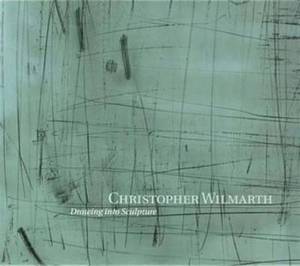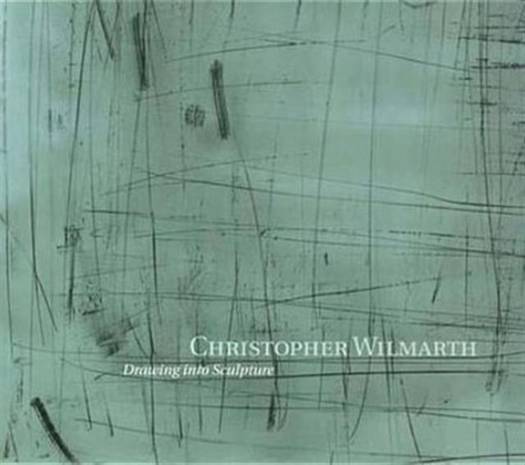
- Retrait gratuit dans votre magasin Club
- 7.000.000 titres dans notre catalogue
- Payer en toute sécurité
- Toujours un magasin près de chez vous
- Retrait gratuit dans votre magasin Club
- 7.000.0000 titres dans notre catalogue
- Payer en toute sécurité
- Toujours un magasin près de chez vous
15,45 €
+ 30 points
Description
Christopher Wilmarth (1943-1987), an American artist best known for his expressive sculptures constructed from plate glass and steel, was also an innovative draftsman. This compelling book--the first to focus on Wilmarth's use of drawing throughout his career--offers fascinating insights into his artistic practice and poetic personal vision. Edward Saywell considers three aspects of Wilmarth's drawings: his student and early works; the remarkable crossover that he made between two- and three-dimensional works in a series of drawings constructed from etched glass and steel cables done in the early 1970s; and the independent drawings he made directly after or during the construction of his sculptures as a means to think through completed work and to look forward to new creative ideas. Saywell also draws on previously unstudied materials, such as sketchbooks, preparatory maquettes, and letters selected from the Christopher Wilmarth Archive recently presented to the Fogg Art Museum by Susan Wilmarth-Rabineau, in order to shed new light on Wilmarth's working process.
Spécifications
Parties prenantes
- Auteur(s) :
- Editeur:
Contenu
- Nombre de pages :
- 92
- Langue:
- Anglais
Caractéristiques
- EAN:
- 9780300098976
- Date de parution :
- 10-04-03
- Format:
- Livre broché
- Format numérique:
- Trade paperback (VS)
- Dimensions :
- 253 mm x 234 mm
- Poids :
- 458 g

Les avis
Nous publions uniquement les avis qui respectent les conditions requises. Consultez nos conditions pour les avis.






